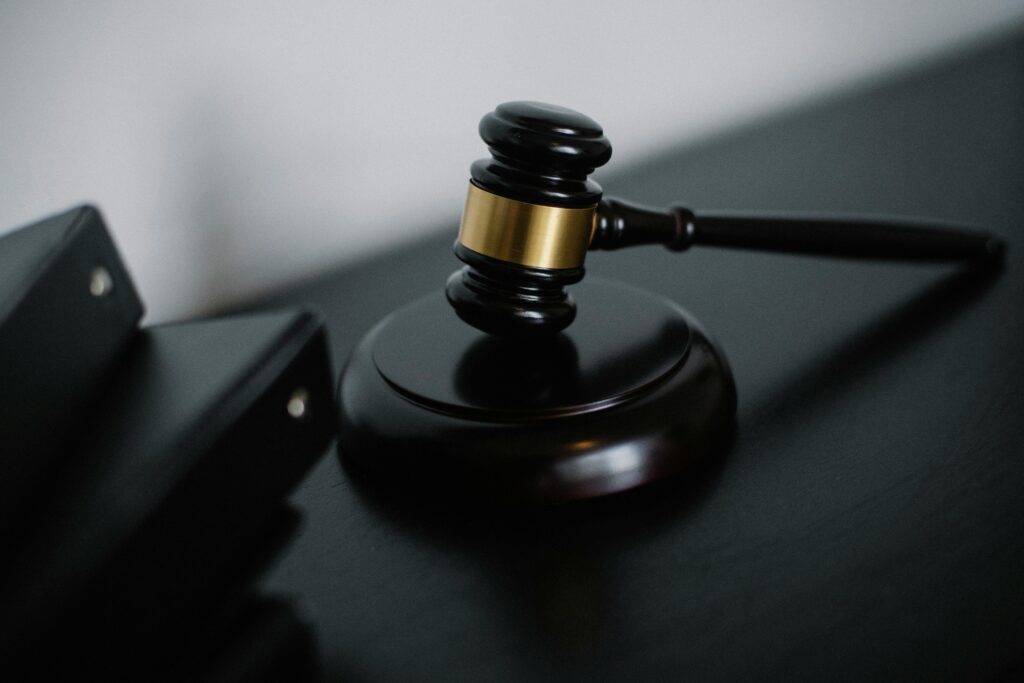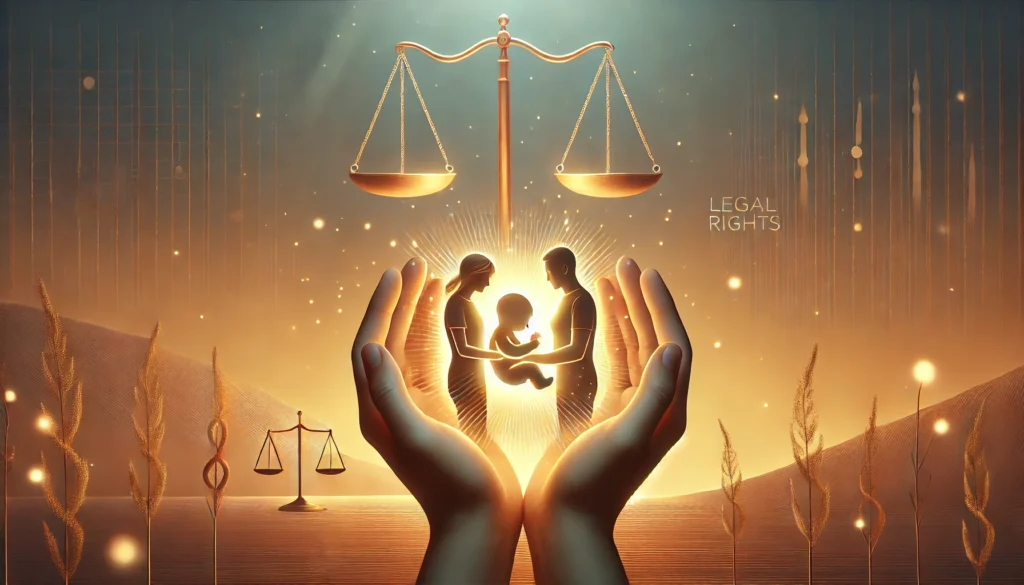Published On: October 7th 2025
Authored By: Ananya Karan
Maharaja Agrasen Institute of Management Studies, GGSIPU
ABSTRACT
India’s Constitution provides for freedom of speech and expression under Article 19(1)(a) while allowing for “reasonable restrictions” in Article 19(2) in the case of sovereignty, public order, decency, and several other concerns. Hate speech, defined as expressions that vilify or instigate hostility toward a protected group, presents a formidable challenge to this balance. This article looks at India’s constitutional and legal policies on hate speech in the order of dealing with constitutional and legislative frameworks and landmark and recent court judgments (Kedar Nath Singh, Pravasi Bhalai Sangathan, Shreya Singhal, Amish Devgan, Kaushal Kishor) to suggest in the Bharatiya Nyaya Sanhita and other private member bills.The author’s conclusion is that only speech that is proximate and poses a clear danger to public order can be restricted.
INTRODUCTION
Freedom of expression is a defining feature of democracy. The Constitution of India was designed on this principle and, therefore, Right 19(1)(a) makes it a cornerstone right. However, they also appreciated the dangers of freedom unchecked, particularly in a society composed of many religions, castes, and languages. Hate speech directed at an individual or a group with the intention of inflicting hatred and provoking violence— is a serious challenge to free speech. The courts have sought to resolve these conflicts between individual rights and the need for social order. That effort is constantly evolving, depending on the state of the law, practice, and policy in the country.
CONSTITUTIONAL FRAMEWORK
Article 19(1)(a): Freedom of Speech and Expression
It grants every citizen the right to free speech and expression[1]. The courts have interpreted it broadly, covering written, spoken, symbolic, and digital expressions, including political dissent and social commentary.
Article 19(2): Reasonable Restrictions
Article 19(2) allows legislation to place reasonable restrictions on freedom of speech if these measures protect sovereignty or maintain public order or decency or morality or contempt of court or defamation or prevent incitement of an offence. The framing begs questions: what counts as “reasonable,” and is hate speech capturable within these categories? Indian jurisprudence answers these through tests like proximity and clear danger.
Tests Developed by the Judiciary
Tests Developed by the Judiciary The Supreme Court established the “proximity” test in Superintendent, ( Central Prison v Ram Manohar Lohia) case which requires restrictions to have a direct and substantial link to public order rather than speculative or remote threats. Kedar Nath Singh upheld Section 124A (sedition) by restricting its use to situations where speech incites violence or public disorder while protecting critics of the government. The proximity test forms the basis for hate speech adjudications.Whenever speech poses any imminent harm, it can be lawfully restricted.
STATUTORY PROVISIONS PERTAINING TO HATE SPEECH
While there is no specific law in place for hate speech in India, several criminal provisions are commonly employed.
Section 124A, IPC (Sedition)-Criminalized actions that cause hatred, contempt, or disfavor towards the government. In the Kedar Nath ruling. The Court limited this to speech that promotes violence or disorder.
Section 153A, IPC (Promotion of Enmity Between Groups)– Targets speech or acts that incite hostility between different groups[2], such as those based on religion and race/language.
Section 295A– penalizes malicious acts, including words, signs or images that offend religious sentiments.
Section 505,IPC (Statement Conducting to Public Mischief)– Covers statements or public mischief, covering all types of behavior.
JUDICIAL DEVELOPMENTS
- In Romesh Thappar v State of Madras (1950)-The Court declared that freedom of speech and the press are essential to all democratic institutions. The article highlighted the importance of unpopular opinions in promoting democratic governance.
- Kedar Nath Singh v State of Bihar (1962) -In this case Court affirming sedition law, but restricting public expression to violent or public content, thus safeguarding strong opinions and opposition.
- Pravasi Bhala Sangathan v Union of India (2014) –The Supreme Court acknowledged the danger of hate speech as an attempt to marginalize people on the basis of their group membership and consider it a precursor to violence[3]. They asked Parliament to pass laws instead of permitting the judiciary to make new allegations.
- Shreya Singhal v Union of India(2015) -Section 66A of the IT Act was invalidated by the Court because it contained vague language that could be used to penalize protected speech. It emphasized that the limitations must comply with the harm thresholds established in Article 19(2).
- Amish Devgan versus Union of India (2021-22)- The FIRs under Sections 295A, 153AC and 505 were not dismissed by the Court where a TV anchor used the term “terrorist intruder” to describe ‘a Muslim saint’. Despite the potential for protecting public order through strict speech rules, restraint was necessary to maintain community dignity and social unity when incitement presented a threat to public safety.
- Kaushal Kishor v State of Uttar Pradesh (2023)-Hate speech can result in the imprisonment of public officials, as stated by the Constitution Bench[4] . It repeated that only what is allowed under Article 19(2) is acceptable, and stressed the need for more clearly written law.
BALANCING TEST IN JUDICIAL REASONING
Indian courts often use:
- Proximity Test[5]– where the restriction must have a direct link to disorder.
- Clear and Present Danger Test-adapted from U.S. law[6] for Indian free speech cases.
- Balancing of Interests– where the restriction must be proportionate.
DIGITAL AGE AND SOCIAL MEDIA
Social media, in its early stages, amplifies both speech and hate in the Digital Age. Online speech can only be restricted if it results in actual incitement, as per the Shreya Singhal ruling. Facebook v Union of India (2020) is an example where the courts have called for global cooperation and highlighted the need for content moderation transparency
RECENT LEGAL REFORMS AND PROPOSALS
- The Law Commission’s 267th Report (2017) recommended specific offenses, including Section 153C (hate against protected categories) and 505 A (instigating violence or discrimination), with graduated penalties. Included advice on interpreting meaning and safeguarding expression.
- Bharatiya Nyaye Sanhita (2024) – Despite minor edits and the addition of electronic communication,managed to codify the old IPC [7]provisions without including the Law Commission’s recommended hate-speech sections.
- Online Hate Speech (Prevention) Bill in 2024 by MP Vikramjit Singh Sahney aimed to restrict certain digital hate speech offenses, but this issue was not expected to be discussed publicly. In Karnataka, a draft Hater Speech and Hatter Crimes Bill (2025)[8] was introduced to impose harsher penalties for hate speeches and other crimes while maintaining constitutional principles.
- The IT Rules 2021 require intermediaries to remove unlawful content, including hate speech, within set timeframes.
CONCLUSION
The thin line between hate speech regulation and free speech protection in India is a delicate balancing act in the constitution. Court rulings have highlighted proximity and incitement as important limits for restricting speech.In the end, a healthy democracy needs both a strong marketplace of ideas and effective protections against speech that damages social unity
REFERENCES
- Superintendent, Central Prison v Ram Manohar Lohia (1960) 2 SCR 821
- Kedar Nath Singh v State of Bihar AIR 1962 SC 955)
- Pravasi Bhalai Sangathan v. Union of India (UOI) and Ors, (2014), AIR 2014 SC 1591 (2014), judgment dated 12 March 2014, Supreme Court of India.
- Constitution of India, “Article 19: Protection of Certain Rights Regarding Freedom of Speech, Etc. – Constitution of India” (Constitution of India, June 2, 2023) https://www.constitutionofindia.net/articles/article-19-protection-of-certain-rights-regarding-freedom-of-speech-etc/#:~:text=%282%29%20Nothing%20in%20sub,or%20incitement%20to%20an%20offence
- Devgan v. Union of India – Global Freedom of Expression” (Global Freedom of Expression, November 11, 2023) https://globalfreedomofexpression.columbia.edu/cases/devgan-v-unionindia/#:~:text=under%20sections%20295A%20,the%20Indian%20Penal%20Code%2C%201860
- Pravasi Bhalai Sangathan v. Union of India (UOI) and Ors, (2014), AIR 2014 SC 1591 (2014), judgment dated 12 March 2014, Supreme Court of India.
- Supreme Court Observer, “Supreme Court Review 2023: Freedom of Speech – Supreme Court Observer” (Supreme Court Observer, February 8,2024)https://www.scobserver.in/journal/supreme-court-review-2023-freedom-of-speech/#:~:text=On%203%20January%202023%2C%20a,officials%20needed%20to%20be%20more
- Ayush Chandra, “Proximate and Tendency Tests: Key Legal Tools in Free Speech Cases” (LegalOnus, December 22, 2024)https://legalonus.com/proximate-and-tendency-tests-key-legal-tools-in-free-speech-cases/
- Markandey Katju, “The Litmus Test for Free Speech” (The Hindu, September 15, 2019)https://www.thehindu.com/opinion/op-ed/the-litmus-test-for-free-speech/article29424636.ece
- India Hate Lab, “Hate Speech Events in India – Report 2024” (Center for the Study of Organized Hate, 2024).
- Tribune News Service, “Punjab MP Vikramjit Sahney Gives Rajya Sabha Notice for Anti-Hate, Digital Harmony Private Bill – The Tribune” The Tribune (August 2, 2024)https://www.tribuneindia.com/news/punjab/punjab-mp-vikramjit-sahney-gives-rajya-sabha-notice-for-anti-hate-digital-harmony-private-bill/)
[1] Constitution of India, “Article 19: Protection of Certain Rights Regarding Freedom of Speech, Etc. – Constitution of India” (Constitution of India, June 2, 2023) https://www.constitutionofindia.net/articles/article-19-protection-of-certain-rights-regarding-freedom-of-speech-etc/#:~:text=%282%29%20Nothing%20in%20sub,or%20incitement%20to%20an%20offence
[2] Devgan v. Union of India – Global Freedom of Expression” (Global Freedom of Expression, November 11, 2023) https://globalfreedomofexpression.columbia.edu/cases/devgan-v-union-of-india/#:~:text=under%20sections%20295A%20,the%20Indian%20Penal%20Code%2C%201860
[3] Pravasi Bhalai Sangathan v. Union of India (UOI) and Ors, (2014), AIR 2014 SC 1591 (2014), judgment dated 12 March 2014, Supreme Court of India.
[4] Supreme Court Observer, “Supreme Court Review 2023: Freedom of Speech – Supreme Court Observer” (Supreme Court Observer, February 8,
[5] Ayush Chandra, “Proximate and Tendency Tests: Key Legal Tools in Free Speech Cases” (LegalOnus, December 22, 2024)https://legalonus.com/proximate-and-tendency-tests-key-legal-tools-in-free-speech-cases/
[6] Markandey Katju, “The Litmus Test for Free Speech” (The Hindu, September 15, 2019)https://www.thehindu.com/opinion/op-ed/the-litmus-test-for-free-speech/article29424636.ece
[7] India Hate Lab, “Hate Speech Events in India – Report 2024” (Center for the Study of Organized Hate, 2024).
[8] Tribune News Service, “Punjab MP Vikramjit Sahney Gives Rajya Sabha Notice for Anti-Hate, Digital Harmony Private Bill – The Tribune” The Tribune (August 2, 2024https://www.tribuneindia.com/news/punjab/punjab-mp-vikramjit-sahney-gives-rajya-sabha-notice-for-anti-hate-digital-harmony-private-bill/)



